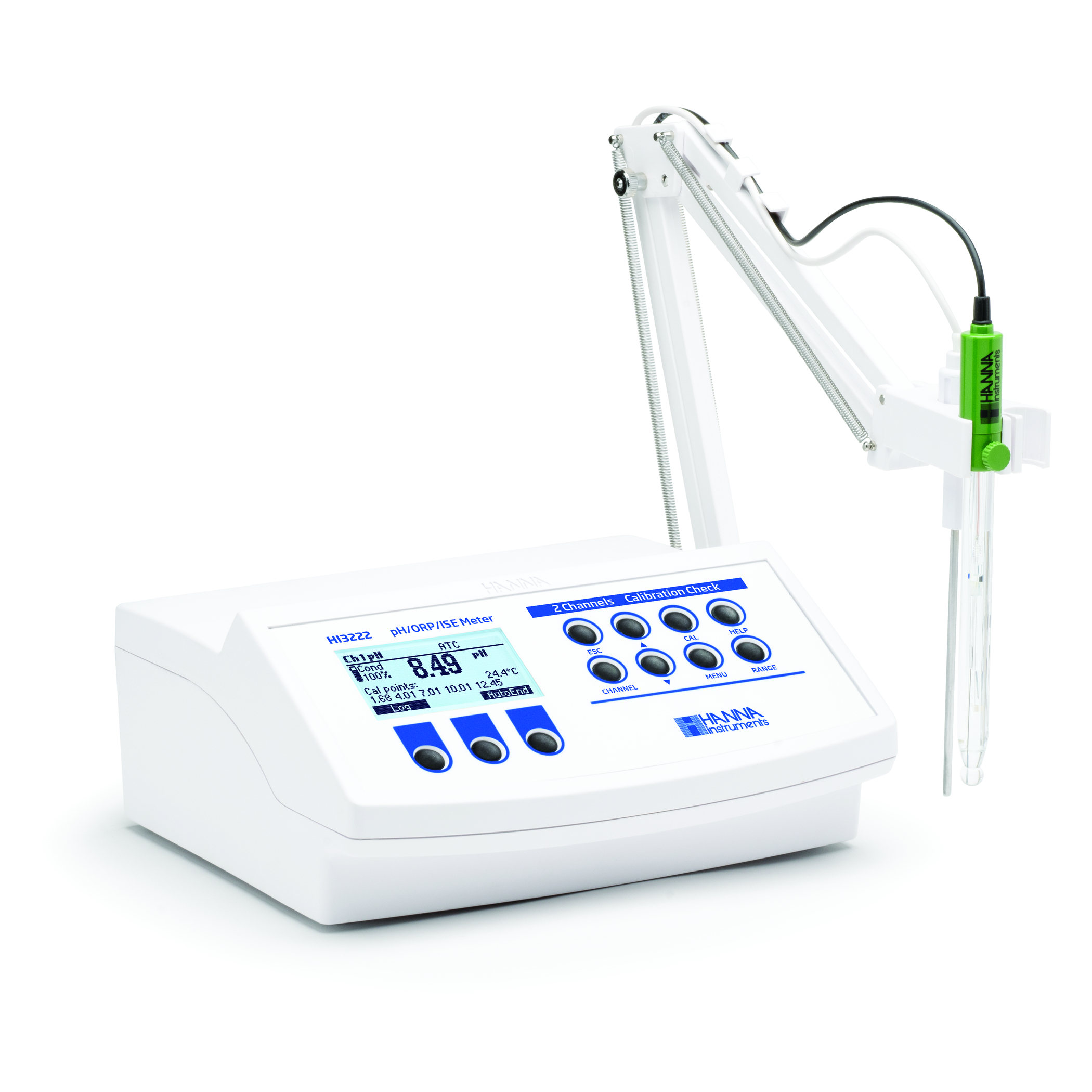
Importance of determination of Hardness and Alkalinity of water
With rise in the requirement of water for industrial, agricultural, and domestic consumption, resources are being used and re-used more
End of Content.
End of Content.

Electronic cigarettes, or e-cigarettes, are vaporizing devices that contain a nicotine solution designed to mimic cigarettes in both shape and function. They are comprised of a lithium battery-operated heat source called an atomizer, a vaporizing chamber where the vapor is formed, and a cartridge that houses the e-cigarette liquid. When the user inhales, the atomizer activates and the e-cigarette liquid is converted to vapor. The user then inhales and exhales this vapor in the same manner as a tobacco cigarette. Although e-cigarettes still deliver nicotine to the user, they are marketed as a smokeless and healthier alternative to tobacco cigarettes since the nicotine is delivered via inhalation of a nicotine-rich vapor that does not produce harmful byproducts like smoke, tar, and various other toxic chemicals. The e-cigarette liquid is instead composed of a mixture of propylene glycol, vegetable glycerin, nicotine, and flavorings. Flavors vary from menthol, tobacco, various fruit types, as well as unflavored.
The e-cigarette liquid can also vary in nicotine concentrations, ranging from 0 to 24 mg or more of nicotine/mL e-cigarette liquid. One tobacco cigarette delivers approximately 1.2 mg of nicotine to the smoker. When using an e-cigarette in the same fashion, a 24 mg/mL nicotine solution will deliver nicotine at the same rate of a tobacco cigarette. Over time, smokers can opt to reduce their nicotine intake by utilizing less concentrated e-cigarette solutions, such as 18 mg/mL, 12 mg/mL, 6 mg/mL, or 0 mg/mL.
A customer contacted Hanna Instruments about measuring the nicotine content in their e-cigarette liquid utilizing an acid-base titration with sulfuric acid. Nicotine is an organic molecule that will react with sulfuric acid to form a nicotine sulfate salt as seen in the following chemical equation: 2C10H14N2 + H2SO4→ C20H30N4O4S. The customer was performing manual titrations with a color indicator but as their operation expanded, they required a more time-efficient alternative that would yield higher accuracy. Hanna Instruments offered the HI932 Potentiometric Titrator with HI1131B general-purpose pH electrode. Due to the viscosity of the e-cigarette solution, it was difficult and time-consuming to accurately measure multiple samples volumetrically via pipette, so samples were instead measured out by mass.
The customer appreciated the ability for the HI932 to integrate with their analytical balance and automatically transfer the weight, saving them time. The titrator method developed by Hanna Instruments provided results in mg nicotine/g e-cigarette solution that the customer could then multiply by the specific gravity of the batch to obtain a result in their required units of mg nicotine/mL e-cigarette solution. The customer was already measuring specific gravity, which varies from batch to batch, as a standard of quality control, so the value was already known and did not require additional steps. Lastly, while developing the method, Hanna Instruments discovered that some of the flavorings had acidic or basic components; these, of course, interfered with the acid-base titration that was being performed.
Hanna, therefore, recommended that the customer perform the nicotine analysis prior to any additions of flavoring to the e-cigarette solution. The customer appreciated the method development support Hanna Instruments provided before the sale and as part of the installation. Overall, the HI932 provided a fast and accurate solution to the customer’s nicotine testing needs.

With rise in the requirement of water for industrial, agricultural, and domestic consumption, resources are being used and re-used more

Any time you pick up a metal object, chances are that the item has some sort of plating on it.
To empower customers to achieve quality
by supplying intuitive, accurate, and reliable analytical instruments with exceptional customer service and value.
We take pride in every product we build. From an original idea, to a completed product ready for testing. We oversee every aspect of the manufacturing process. It is this level of attention to detail that sets us apart.
To empower customers to achieve quality by supplying intuitive, accurate, and reliable analytical instruments with exceptional customer service and value.
We take pride in every product we build. From an original idea, to a completed product ready for testing. We oversee every aspect of the manufacturing process. It is this level of attention to detail that sets us apart.
To empower customers to achieve quality by supplying intuitive, accurate, and reliable analytical instruments with exceptional customer service and value.
We take pride in every product we build. From an original idea, to a completed product ready for testing. We oversee every aspect of the manufacturing process. It is this level of attention to detail that sets us apart.